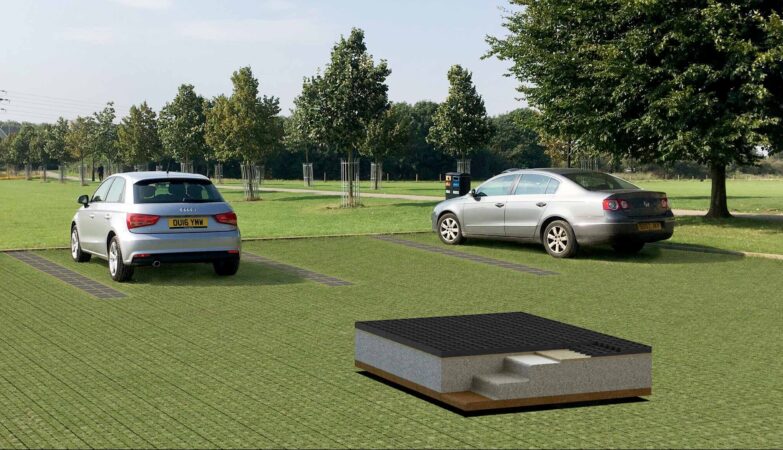Hearing aids are vital devices that help many people hear better. Choosing the right hearing aid can be challenging. Knowing the different types and their benefits is important with so many options. This guide will help you understand various hearing aids and choose the one that suits you best.
Why Are Hearing Aids Important?
Hearing aids improve quality of life. They help people with hearing loss communicate better, reducing feelings of isolation and improving relationships. Hearing aids also help with safety by making hearing alarms, traffic, and other important sounds easier.
Basic Types of Hearing Aids
There are several types of hearing aids. Each type has its own features and benefits. A brief overview of the most important kinds is provided here.
- Behind-The-Ear (BTE) Hearing Aids
BTE hearing aids sit behind the ear. A tube connects the hearing aid to an earpiece that fits inside the ear. They are powerful and can help people with mild to severe hearing loss. BTE hearing aids are durable, easy to handle, and have a long battery life.
- In-The-Ear (ITE) Hearing Aids
The ITE hearing aid is custom-fit for the outer ear. It is more significant than other types that fit inside the ear canal, making it easier to handle. Those with moderate to severe hearing loss can benefit from these hearing aids. Because they are larger, ITE hearing aids often have more features.
- In-The-Canal (ITC) Hearing Aids
ITC hearing aids are smaller than ITE models. They fit partly in the ear canal and are less visible than ITE hearing aids. People with mild to severe hearing loss will benefit most from these. However, due to their small size, they can be difficult to handle.
- Completely-In-Canal (CIC) Hearing Aids
CIC hearing aids fit entirely inside the ear canal. They are almost invisible and are best for mild to moderate hearing loss. CIC hearing aids have fewer features due to their small size. They are also more susceptible to earwax and moisture buildup.
- Receiver-In-Canal (RIC) Hearing Aids
Like BTE hearing aids, RIC hearing aids help with speech perception. The difference is that the receiver is placed inside the ear canal, making the hearing aid less visible. RIC hearing aids provide clear sound and are suitable for mild to severe hearing loss.
Features to Consider
When choosing a hearing aid, consider the following features:
- Battery Life
Battery life is an important factor. There are hearing aids that use rechargeable batteries and others that use disposable ones. Disposable batteries need frequent changing, while rechargeable batteries are more convenient but may need regular charging.
- Comfort and Fit
Comfort and fit are crucial for daily use. Hearing aids should fit well and not cause discomfort. It’s important to try different styles to see which one feels best.
- Sound Quality
Sound quality varies among different types of hearing aids. Look for hearing aids that provide a clear and natural sound. Some hearing aids have features that reduce background noise, making it easier to hear in noisy environments.
- Ease of Use
Ease of use is important, especially for older adults. Some hearing aids have simple controls, while others are more complex. Choose a hearing aid that is easy to adjust and operate.
- Connectivity
Many hearing aids feature connectivity to smartphones and other devices. With this feature, you may connect your hearing aids to your computer or mobile device and listen to music, phone calls, and more. This feature can be handy if you use a lot of technology.
- Consulting a Professional
It’s important to consult a professional when choosing a hearing aid. A hearing specialist can help you understand your hearing loss and recommend the best hearing aid. Visit a hearing clinic for a thorough evaluation. They can also help with fitting and adjusting your hearing aid.
- Taking Care of Your Hearing Aid
Proper care extends the life of your hearing aid. Keep it clean and dry, follow the manufacturer’s instructions for cleaning and maintenance, and have regular check-ups with a hearing specialist to ensure proper operation.
Final Thoughts
Choosing the right hearing aid can significantly improve your quality of life. Understanding the different types and their features is the first step. Consider your hearing needs, lifestyle, and preferences. Consult a professional for personalised advice. You can enjoy better hearing and a more connected life with the right hearing aid.











